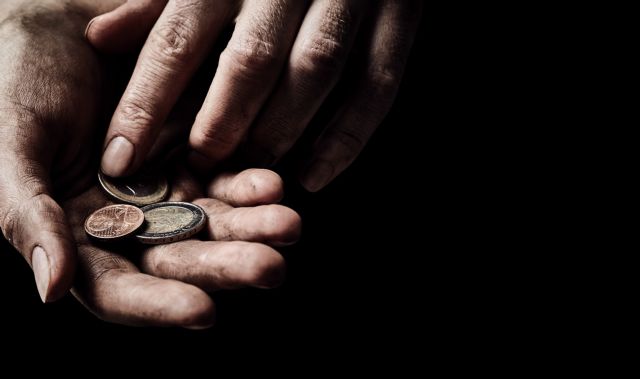
The Hellenic Statistical Authority (ELSTAT) announced that 26.1% of the population of Greece is at risk of poverty and social exclusion, which is just lower than 2022 levels, but down significantly from 2016, when 32.6% of the population was deemed to be at risk.
The numbers are part of the 2023 Survey on Income and Living Conditions of Households (EU-SILC), with income reference period being the year 2022.
The poverty threshold came in at 6,030 euros per year for a single person, and 12,663 euros annually for a family comprised of two adults and two children under 14.
ELSTAT says the number of households at risk of poverty are around 826,639 out of 4.3 million households. 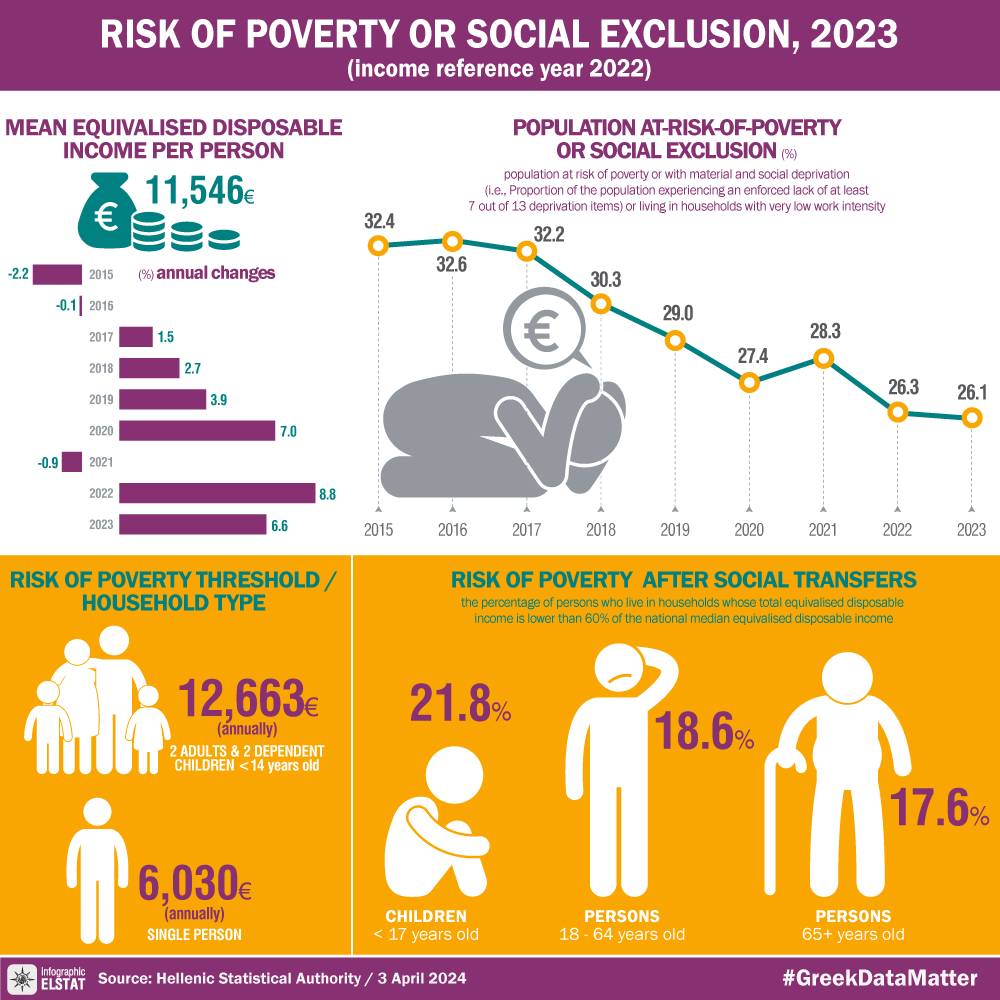
Populations at Risk by Region
The greatest level of risk of poverty or social exclusion was found in the Peloponnese region at 35.7%, with western Greece just on its heels at 35.2%. Meanwhile Crete proves to present the lowest risk at 18.5%, followed closely by the mountainous Epirus region and tourism-dependent South Aegean region at 20.5%.
Education is Key
The results of the report reinforce the critical role that education plays in reducing the risk of poverty. The higher the level of education, the lower the risk. Looking at a cross-section of individuals, the survey reveals that just 6.7% of those with a undergraduate or postgraduate degree are at risk of poverty, compared to 27.5% of those with pre-school, primary and first stage of education.
How Greece Compares
According to the ELSTAT report, out of the 12 EU countries reporting data, Czechoslovakia has the lowest percentage of population at risk at 12% while Bulgaria is the highest at 30%.
EU Target
The European Pillar of Social Rights Action Plan “EU 2030 targets” aims to reduced the number of people at risk of poverty or social exclusion by at least 15 million, out of which at least 5 million should be children.
How is Poverty and Social Exclusion Defined?
The population at risk of poverty or social exclusion is determined by a combination of three factors: people at risk of poverty after social transfers, people living in households with very low work intensity, and people living under severe material and social deprivation (SMSD).
SMSD is the proportion of the population experiencing a lack of at least seven out of 13 of the following “deprivation items,” which are divided between the household and individual level.
At the household level, ELSTAT says the survey considers:
- Capacity to being confronted with payment arrears (on mortgage or rental payments, utility bills, hire purchase instalments or other loan payments)
- Capacity to afford paying for one week’s annual holiday away from home
- Capacity to afford a meal with meat, chicken, fish or vegetarian equivalent every second day
- Capacity to face unexpected expenses
- Access to a car/van for personal use
- Ability to keep home adequately warm in the winter and cold in the summer
- Replacing worn-out furniture
At the individual level:
- Having internet connection
- Replacing worn-out clothes by some new ones
- Having two pairs of properly fitting shoes (including a pair of all-weather shoes)
- Spending a small amount of money each week on him/herself
- Getting together with friends/family for a drink/meal at least once a month
- Having regular leisure activities
Source: tovima.com
Latest News

The 12 Tourist Traps to Avoid in the Greek Islands
Visit less popular islands for cheaper prices and fewer crowds

German Min. Lemke: «Climate crisis poses immediate threat to our health; well-being»
Europe recorded more days of “extreme heat stress” (with the ‘feels like’ temperature exceeding 46 degrees Celsius) than ever before

OECD: Major Spike in FDIs in Greece over 2021-23 Period
The international organization calculates an average of 6.7 billion USD in Greece over the 2021-2023 period, up from 4.15 billion USD in 2017-2019

How TikTok Lost the War in Washington
Combination of coordinated efforts by its critics and missteps by the company led to the law forcing a sale or ban of the popular app

Greece in the Top European Destinations for Aussies in 2024
This year 16% of surveyed Australians are planning a trip to Greece

Developing the Blue Carbon Economy in Greece
Can Greece make money by protecting its marine environment?

EIB Appoints Greece’s Ioannis Tsakiris as New VP
Ioannis Tsakiris started the new role May 1 after spending 15 years at the European Investment Fund (EIF) and serving as Greece’s Deputy Minister for Development and Investments

Two Greek Beaches in Top 50 in the World
Both Greek beaches were on the list of the best beaches in Europe too
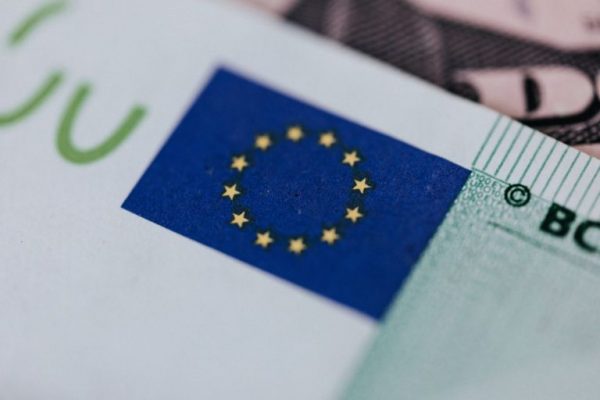
Eurostat: Greece 20th out of 26 European States in Hourly Average Wage
According to figures released by Eurostat, the Benelux Grand Duchy of Luxembourg, one of Europe’s hubs for finance, is in first place

Greek Property Renovation Surge amid Economic Constraints
This has led to a notable escalation in renovation costs, with average prices per square meter exceeding previous norms and reaching even 1,000 euros in premium locations











![ΕΕ: Πατάνε γκάζι οι πωλήσεις ηλεκτρικών οχημάτων, αλλά όχι οι εγκαταστάσεις δημόσιων φορτιστών [γράφημα]](https://www.ot.gr/wp-content/uploads/2024/04/ezgif.com-video-to-gif-converter-6-90x90.gif)














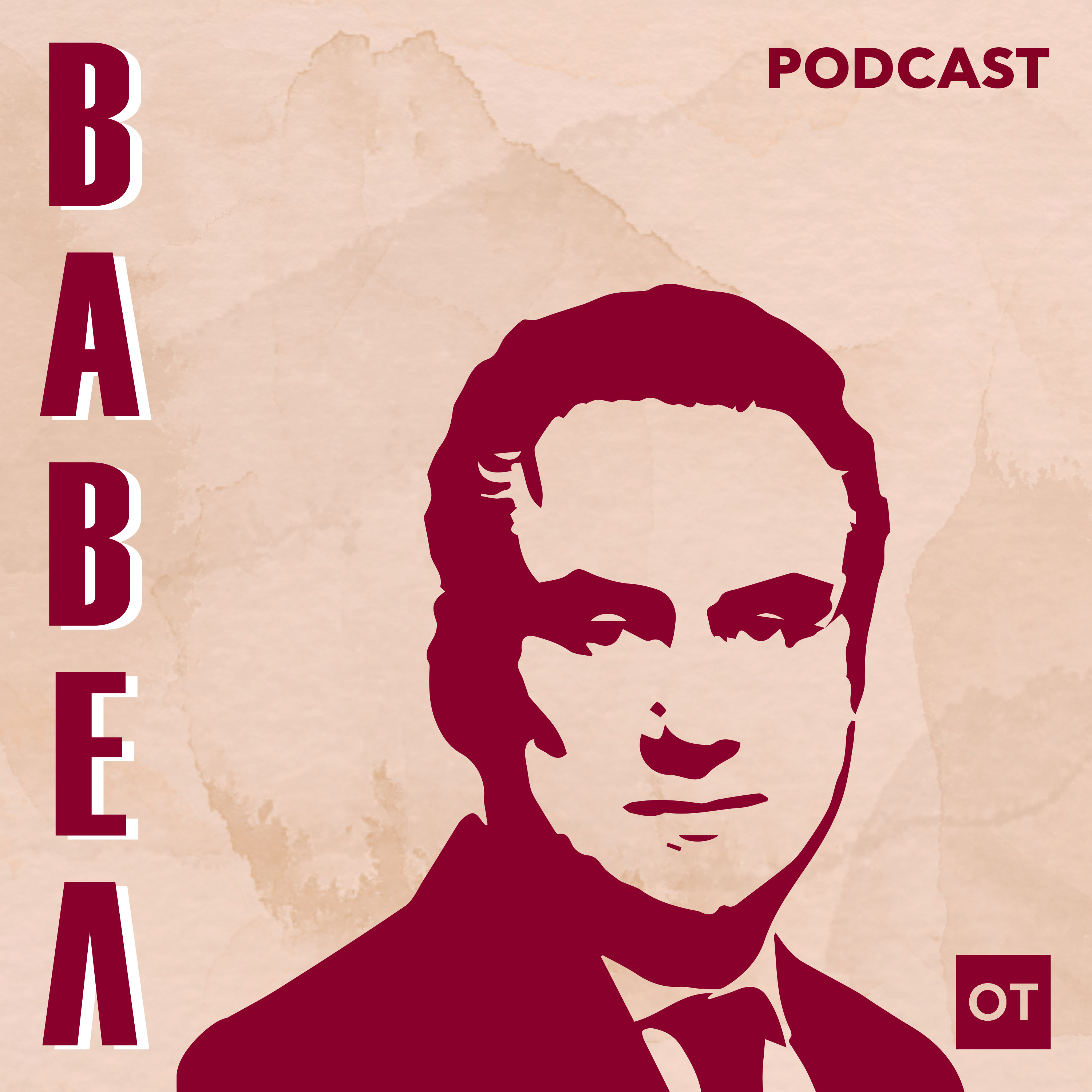
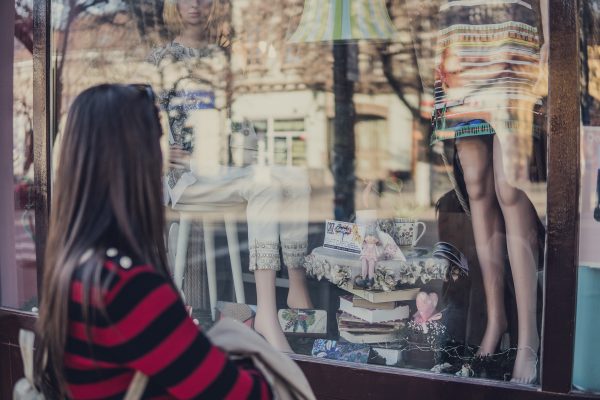

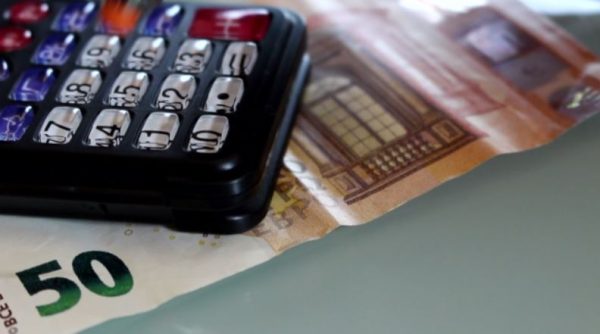


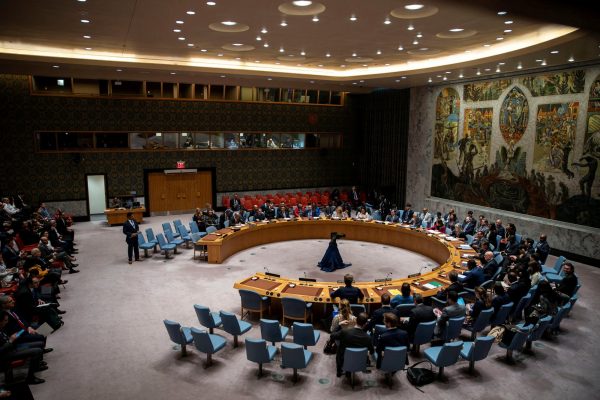



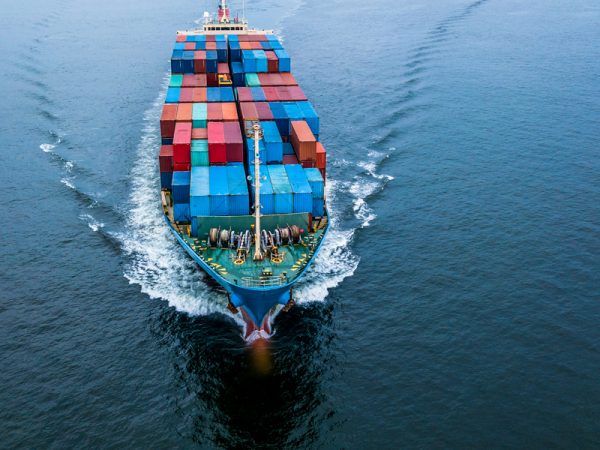

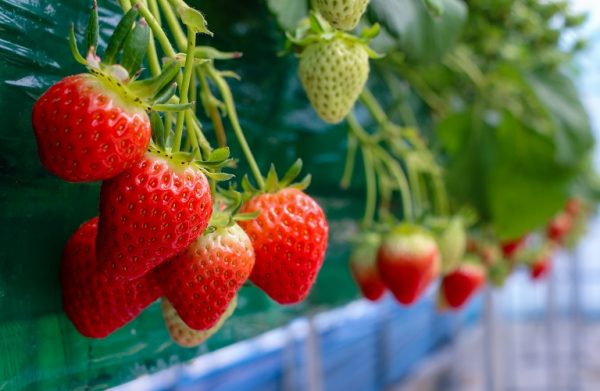

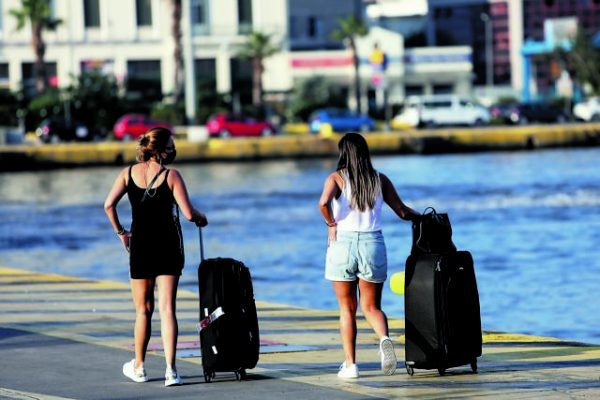
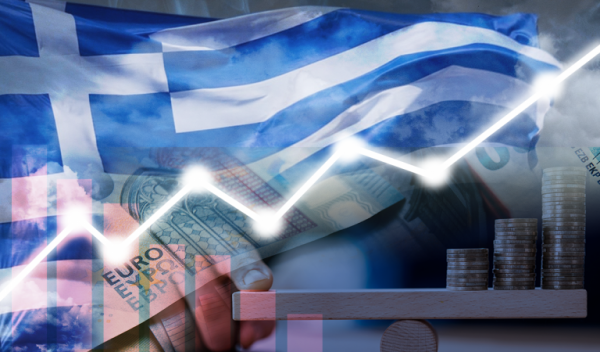
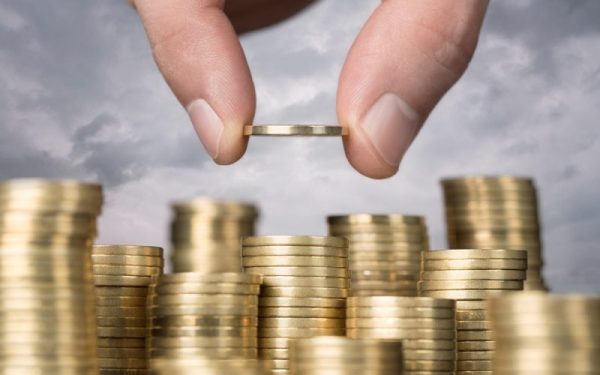
 Αριθμός Πιστοποίησης Μ.Η.Τ.232433
Αριθμός Πιστοποίησης Μ.Η.Τ.232433